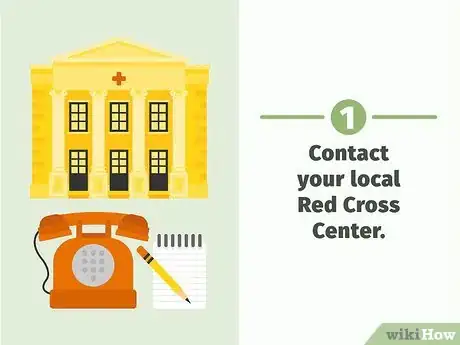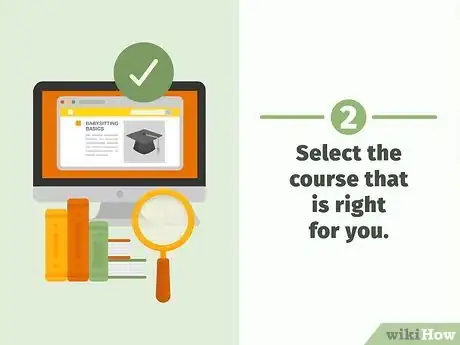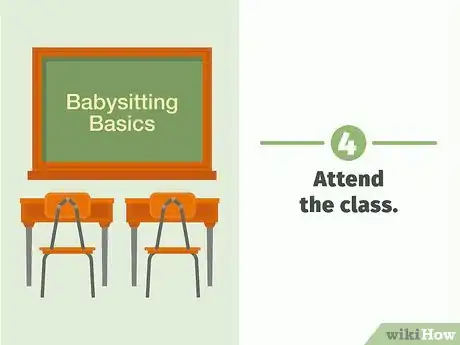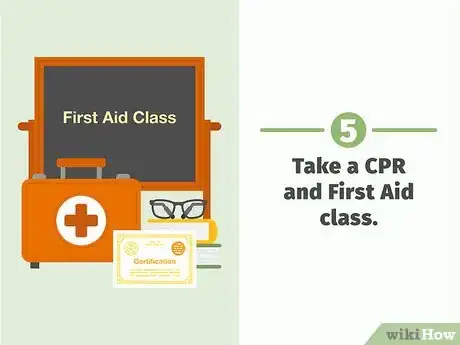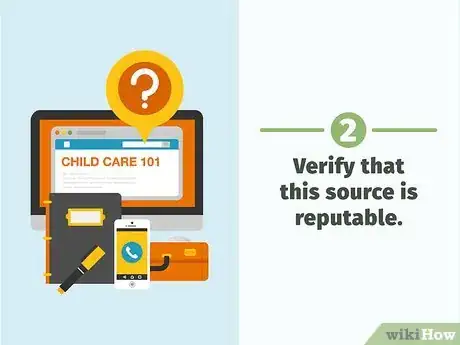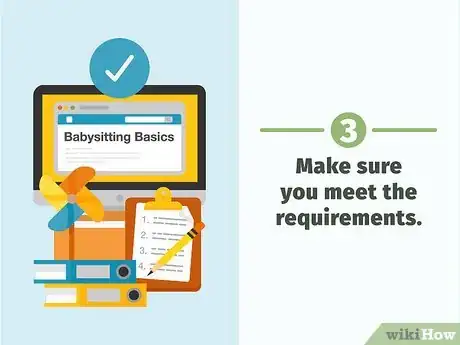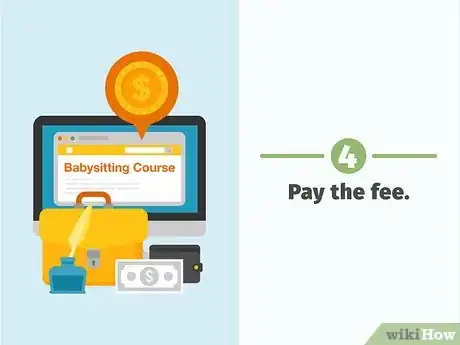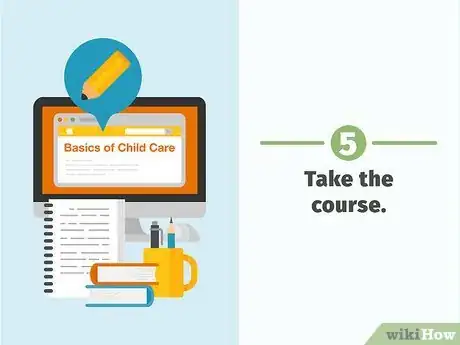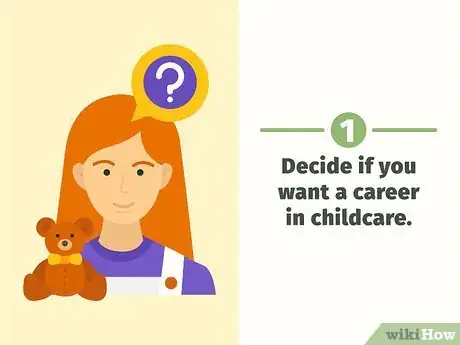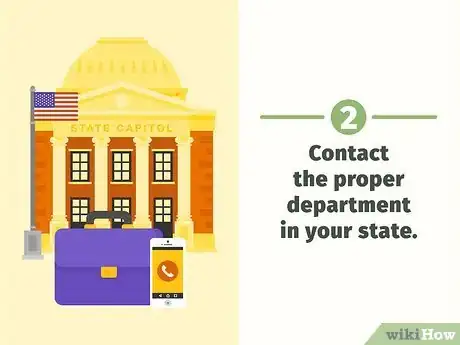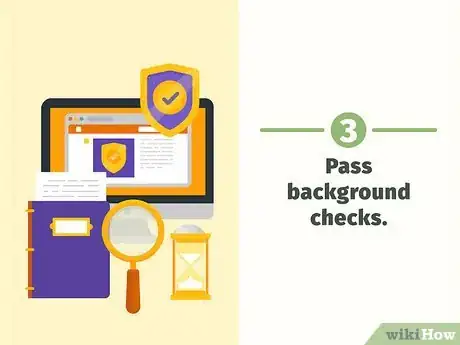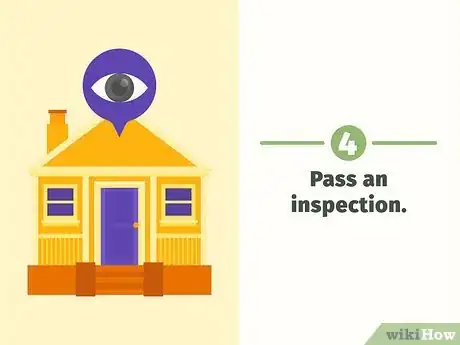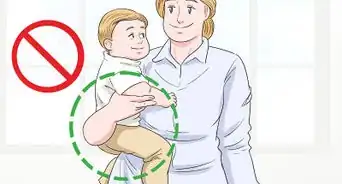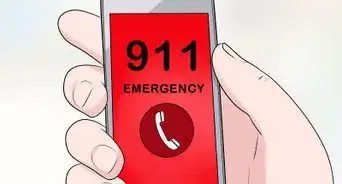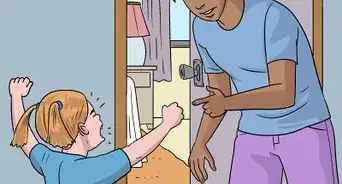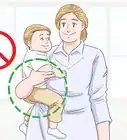This article was co-authored by Jessie Davidson. Jessie Davidson is a Child Care Specialist and the CEO and Founder of BabysitPro, which provides online courses for current and aspiring babysitters. Jessie has over 20 years of childcare experience and specializes in best practices for sitters of infants, toddlers, preschoolers, and grade-schoolers. BabysitPro’s courses are unique and age-specific so babysitters can learn detailed information relevant to the children they babysit. Jessie holds a BA in French Studies from Wheaton College and an MA in Visual Anthropology from The University of Southern California.
There are 8 references cited in this article, which can be found at the bottom of the page.
wikiHow marks an article as reader-approved once it receives enough positive feedback. In this case, 90% of readers who voted found the article helpful, earning it our reader-approved status.
This article has been viewed 143,571 times.
Babysitting is an important job. Whether you are a teenager looking to make some extra cash or an adult looking to do child care as your profession, babysitting certifications can help. Courses or online programs can give younger babysitters the knowledge and credentials necessary to gain clients and become skilled babysitters.
Steps
Taking Classes at the Red Cross
-
1Contact your local Red Cross Center. Most Red Cross centers across the United States offer courses in “Babysitting Basics,” “Babysitting Training,” and “Advanced Child Care.” The Red Cross is a nationally-recognized and widely respected organization, so it is an excellent choice for babysitting training courses.[1]
-
2Select the course that is right for you. The “Babysitting Training” course is the most extensive and effective option. This on-site class last for 7 hours over the course of 1 day. “Babysitting basics” and “Advanced Child Care” are both online courses. Each lasts for 4 hours, and can be completed at your own pace.[2]
- Babysitting Training is recommended for students aged 11-15.
- Babysitting Basics is intended for students 11 and up.
- Advanced Child Care does not carry an age requirement, but is geared toward experienced babysitters.
Advertisement -
3Pay the appropriate fee. The “Babysitting Training” course, once again, is the most comprehensive overview. The fee for this course is $85. The “Babysitting Basics” online course is $29. The “Advanced Child Care” course costs $49, although it is sometimes on sale at half-price (for $24.50). These fees are due at the time of registration.
-
4Attend the class.[3] If you have signed up for the “Babysitting Training” course, make your way to your local Red Cross center on the date of your course. Students are instructed to bring a lunch. If you have registered for one of the online courses, log in and begin working whenever you have a couple of hours to dedicate to learning. When you have completed the course, you will receive a certificate.
- The Babysitting Training course focuses on developing leadership skills, developing a babysitting business, keeping kids safe and helping children behave, and learning about basic child care and basic first aid.[4]
- The Babysitting Basics class focuses on staying safe, what to do in an emergency, selecting age-appropriate activities, and handling a variety of behaviors.
- The Advanced Babysitting course focuses on how to take care of children outside of the home. It teaches students how to keep children safe and happy in a variety of situations.
- You will not need to pass a test. Simply complete the course to earn your certificate.
-
5Take a CPR and First Aid class. Although it is not required, it is strongly encouraged for all babysitters to take a course in CPR and First Aid.[5] These courses are also offered through the Red Cross. Certifications in CPR and First Aid increase make you a more hireable babysitter.[6]
- The Red Cross Adult and Pediatric First Aid/CPR class meets for 6.5 hours.
- The cost is $110.
- The certification you earn will be good for 2 years.
Completing an Online Course
-
1Find an online babysitting course. Numerous online agencies offer courses in babysitting. Look for an online training course geared toward your needs (such as infant care or early childhood development). Search for an option that fits your budget.
- Many childcare licensing agencies offer free babysitting courses. Check your local childcare licensing agency’s website or call and ask if they have any upcoming courses.
- Free courses generally do not grant "certificates," however, they may still offer valuable knowledge.
- Online babysitting courses range from as low as $20 to as high as $200.
-
2Verify that this source is reputable. Although there are many online options for babysitting classes, not all of them may be worthwhile. Look for a company with positive online reviews as well as testimonials from clients. Also, look for a contact telephone number, call them, and ask them some questions over the phone.[7] A company that you cannot reach by phone is probably not a good choice.
-
3Make sure you meet the requirements. Some training programs are geared towards students of a specific age. For example, some are created for young adults (usually ages 11-15), while others are for older students. Additionally, some course like you to already have a background in childcare, while others are for beginners. Finally, some courses require you to be fluent in English, while others do not. Be sure you meet any requirements for the course before you enroll.[8]
- Most babysitting courses are geared toward younger people (often ages 11-17).
- If you are an adult looking to train in babysitting, search for "advanced" courses.
-
4Pay the fee. Various courses will have various fees. Some online babysitting classes are as low as $20, and may go as high as $200. Select a course that you feel good about, and pay the appropriate fee at the time of registration.[9]
-
5Take the course. Once you have registered and paid the fee, you simply need to log in and complete the course. Various courses will span different timelines. Most courses can run anywhere from 4 to 12 hours. In general, the benefit of these online courses is that they may be completed at your own pace. [10]
- Most courses combine learning modules with short quizzes and tests.
- Once you have passed the course, you will be able to print out a certificate.
Becoming a “Licensed Childcare Provider” in Your State
-
1Decide if you want a career in childcare. Becoming a state licensed childcare provider is more than just “babysitting.” It means that you are a small business owner responsible for the health, happiness, and development of small children.[11] Before seeking a childcare license, ask yourself the following questions:
- Do I enjoy working with children?
- Am I knowledgeable about child development or willing to learn?
- Am I ready to be a small business owner?
- Do I have the resources I need to start my own childcare business?
-
2Contact the proper department in your state. In each state, there is a department that handles the licensing of childcare providers. Each state will have different specific requirements for gaining your childcare license (such as age and education requirements), so it is important to contact your state before you take any steps. Ask the department for a childcare business application and review the application to ensure you, your intended program, and your property meet the requirements.
- In Illinois, this is either the Department of Health and Human Services (DHS), or the Department of Children and Family Services (DCFS).
- In California, this is the Department of Social Services (CDSS).
- In Missouri, this is the Department of Health and Senior Services.
- In Florida, child care licenses are issued by the Department of Children and Families (DCF).
-
3Pass background checks. Once you are sure that you meet the age and education requirements in your state, you will need to pass a criminal background check through your state agency. They will also ensure that you do not appear on the national or state–level sex offender registries or within the Child Abuse and Neglect Tracking System.[12]
- Each state is different, but you may be disqualified if you have been convicted of a felony.
- You will likewise be disqualified if you have been convicted of a sex crime, are listed in any sex offender registry, or have been convicted of child abuse or neglect.
- Additionally, they may look into your driving record and general criminal history.
-
4Pass an inspection. The next step in becoming a licensed childcare provider in your state is for the location to pass an inspection. Whether you plan to open a daycare center or to care for children in your home, an inspector will need to come out and ensure that you meet all the standard health and safety requirements. Once again, these will vary by state, so it is imperative for you to check with your local government agency.[13]
- Contact your local agency to procure a list of safety requirements, and make any adjustments, before requesting an inspection.
- For example, some states require you to have a fence around a swimming pool.
-
5Apply for a license through your state. After you have met the age and education requirements, passed the appropriate background checks, and passed the home/facility inspection, you are eligible to apply for a license in your state. Once again, you will need to contact the appropriate department in your given state and follow the particulars of your state’s procedures.
Expert Q&A
-
QuestionCan I retake the courses at Red Cross if I do not pass? Or can I not fail the courses?
 Catherine Palomino, MSCatherine Palomino is a former Childcare Center Director in New York. She received her MS in Elementary Education from CUNY Brooklyn College in 2010.
Catherine Palomino, MSCatherine Palomino is a former Childcare Center Director in New York. She received her MS in Elementary Education from CUNY Brooklyn College in 2010.
Master's Degree, Elementary Education, CUNY Brooklyn College It’s great you want to get a babysitting license! The certificate is attendance-based so there is no pass or fail.
It’s great you want to get a babysitting license! The certificate is attendance-based so there is no pass or fail. -
QuestionWill I get a babysitting license if I do the Red Cross basic course? Do I have to take a CPR class if I am doing an online babysitting course?
 Catherine Palomino, MSCatherine Palomino is a former Childcare Center Director in New York. She received her MS in Elementary Education from CUNY Brooklyn College in 2010.
Catherine Palomino, MSCatherine Palomino is a former Childcare Center Director in New York. She received her MS in Elementary Education from CUNY Brooklyn College in 2010.
Master's Degree, Elementary Education, CUNY Brooklyn College A CPR course is always a good idea! It is a lifelong skill and you could potentially help save someone’s life with it! Red Cross CPR classes are only available in person, and are not offered as an online-only option. They are not required by the babysitting course, but are highly recommended!
A CPR course is always a good idea! It is a lifelong skill and you could potentially help save someone’s life with it! Red Cross CPR classes are only available in person, and are not offered as an online-only option. They are not required by the babysitting course, but are highly recommended! -
QuestionDo you need a CPR certification, too?
 Community AnswerHaving one is very helpful, but it is not required.
Community AnswerHaving one is very helpful, but it is not required.
Warnings
- Don't ever leave kids alone while babysitting!⧼thumbs_response⧽
References
- ↑ http://www.redcross.org/courses/index.jsp?_requestid=40206
- ↑ http://www.redcross.org/courses/index.jsp?_requestid=40206
- ↑ Jessie Davidson. Child Care Specialist. Expert Interview. 11 June 2021.
- ↑ Jessie Davidson. Child Care Specialist. Expert Interview. 11 June 2021.
- ↑ Jessie Davidson. Child Care Specialist. Expert Interview. 11 June 2021.
- ↑ http://www.redcross.org/phssux/desktop.results.jsp?type=class-type-online&type=class-type-combo&type=class-type-classroom&radius=25&courseId=cours000000000049031.&zipCode=60050&lat=42.3223041&long=-88.3044908&cateIds=[cat2130015].&initialProgramType=cat50003
- ↑ https://www.youtube.com/watch?v=GP9bb5ef7vU&ab_channel=expertvillage
- ↑ https://www.youtube.com/watch?v=GP9bb5ef7vU&ab_channel=expertvillage
- ↑ https://www.udemy.com/course/childcare/
About This Article
The first step to getting a babysitting license is to contact your local Red Cross to see what classes are offered. Some common classes are "Babysitting Basics" or "Babysitting Training." "Babysitting Training" will give a great overview in one seven-hour session, but other classes are online, which means you can go at your own pace. Prepare to pay a fee, which range from $20-$200. Many parents prefer that babysitters also take CPR and First-Aid Classes, so look for a class that offers those options. For more about state specific childcare licenses, read on!
